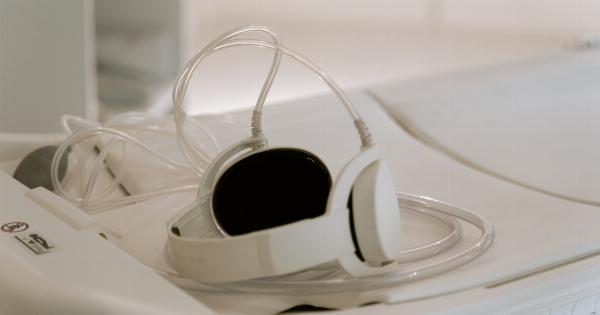Sleep is an essential aspect of a healthy pregnancy. As the body undergoes numerous changes during this time, finding the best sleep positions becomes crucial for comfort and well-being.
In this article, we will explore the top sleep positions for pregnant women that promote restful sleep and minimize discomfort.
1. Side Sleeping
One of the most recommended sleep positions for pregnant women is side sleeping. This position helps improve blood circulation to the baby and the uterus by preventing the pressure on the vena cava, a large vein that carries blood to the heart.
Additionally, side sleeping also reduces the risk of developing sleep apnea and snoring, common issues during pregnancy.
2. Left Side Sleeping
While side sleeping is generally beneficial, specifically sleeping on the left side is even more advantageous during pregnancy. This position enhances blood flow and nutrient delivery to the placenta, ensuring the baby receives optimal nourishment.
It also helps in reducing acid reflux symptoms, as the stomach is positioned below the esophagus, preventing acid from flowing back into it.
3. Pillow Support
Using additional pillows for support can greatly enhance the comfort of side sleeping. Placing a pillow between the knees helps align the hips and reduces strain on the lower back. It also prevents the upper leg from pulling the spine out of alignment.
Using a pregnancy pillow or a body pillow that wraps around the body provides support to the back, belly, and knees simultaneously.
4. Avoid Sleeping on the Back
As the pregnancy progresses, it’s best to avoid sleeping on the back. Sleeping on the back can exert pressure on the spine, back muscles, intestines, and major blood vessels.
This position can lead to backaches, hemorrhoids, and reduced blood flow to both the mother and the baby. If you wake up on your back, try shifting to a side sleeping position.
5. Elevation for Heartburn Relief
Heartburn is a common complaint during pregnancy, especially during the third trimester. To alleviate this discomfort, elevating the upper body while sleeping can be helpful. Prop yourself up with pillows or use a wedge pillow to elevate the upper body.
This position prevents stomach acid from flowing back into the esophagus, reducing the occurrence of heartburn.
6. Semi-Sitting Position
In cases of shortness of breath or edema, adopting a semi-sitting position can be beneficial. Propping up the upper body with pillows allows for better lung expansion and improves breathing.
It also helps to reduce swelling in the legs and feet by allowing fluids to drain away from these areas more easily.
7. Avoid Stomach Sleeping
Stomach sleeping is not recommended during pregnancy, especially as the belly grows larger. This position can strain the neck, spine, and lower back. It may also lead to discomfort and difficulty in breathing.
It is advisable to transition out of stomach sleeping as early as possible to ensure proper alignment and minimize pressure on the abdomen.
8. Experiment and Listen to Your Body
Each woman’s body is unique, and what works for one may not work for another. It’s essential to experiment with different sleep positions and listen to your body’s signals.
Pay attention to any discomfort or pain and make adjustments accordingly. Finding the most comfortable position will help you sleep better and wake up feeling refreshed and rested.
9. Relaxation Techniques
Aside from sleep positions, incorporating relaxation techniques into your bedtime routine can also promote better sleep during pregnancy.
Taking a warm bath, practicing gentle prenatal yoga, meditation, or deep breathing exercises can help relax the body and mind, preparing you for a night of restful sleep.
10. Consult Your Healthcare Provider
If you have specific concerns or medical conditions during pregnancy that affect your sleep, it is advisable to consult your healthcare provider.
They can offer personalized guidance tailored to your situation and help you find the sleep positions that suit you best.






























